TCL P8K review: a fully loaded yet affordable TV
If you’re looking for TV features on a budget, then the TCL P8K delivers

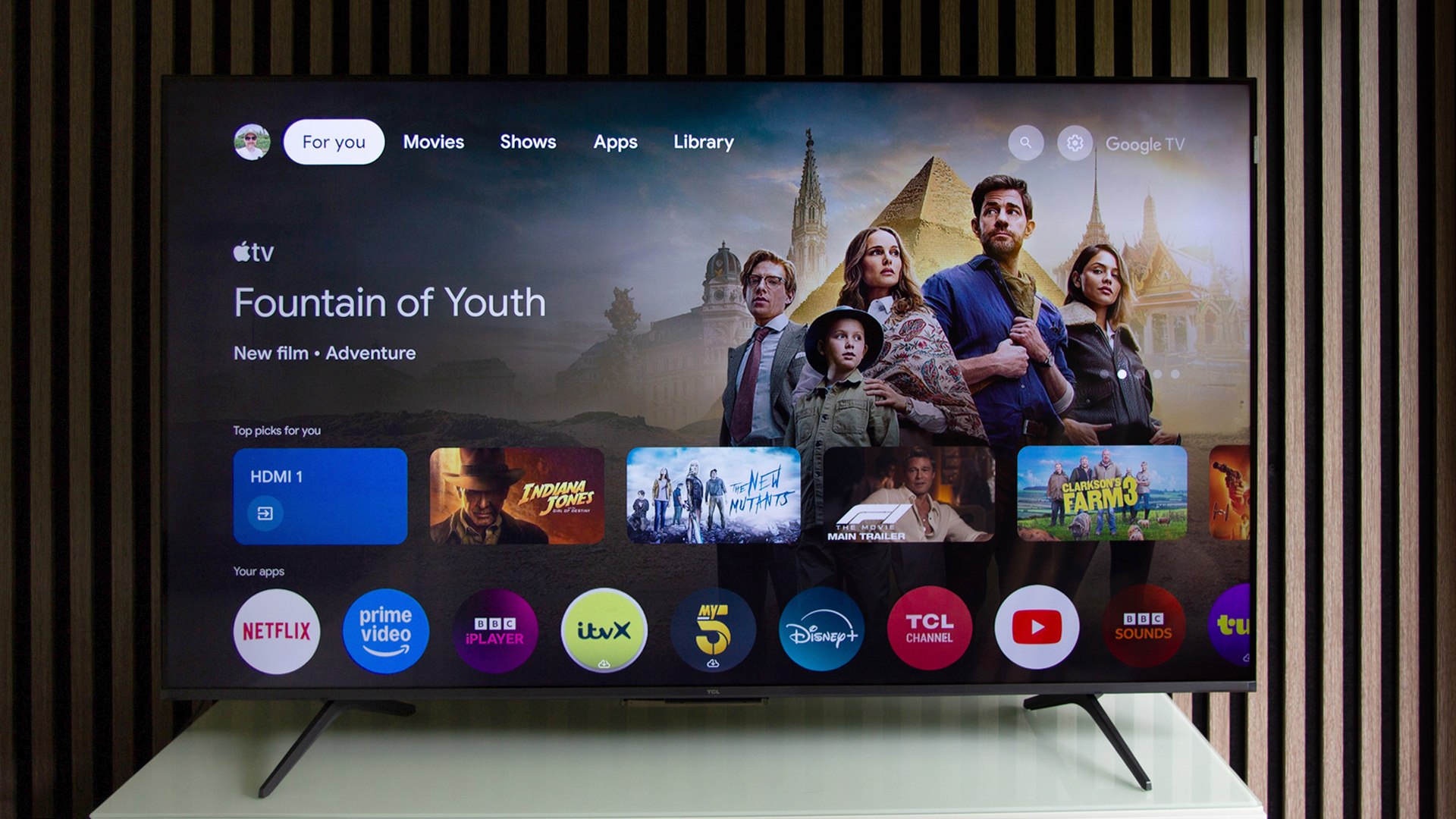
The TCL P8K ticks a lot of boxes, offering a wide range of features in an affordable package. Thanks to discounts soon after its launch, it offers great value, making it a 4K HDR offering with support for gamers, streamers and TV fans alike.
-
+
Great value for money
-
+
Wide HDR format support
-
+
Good support for gamers
-
-
Design has some foibles
-
-
Viewing angles a bit limited
-
-
Black can be a little grey
Why you can trust T3

TCL – alongside Hisense – has disrupted the TV market over the past few years, especially when it comes to value for money (such as the best TVs under £1000). That applies both at the high-end, where huge TCL Mini-LED models amaze, and also at the more affordable end of the spectrum.
TCL has a reputation for packing its TVs with lots of features, so if it’s a loaded spec sheet that you’re looking for when shopping for the best TV, then TCL could be for you. That’s particularly true of the P8K, a TV that sits in the middle of TCL’s 2025 range.
This is a full-array LED TV with Quantum Dots for enhanced colour, offering a 4K resolution, broad support for all the high dynamic range (HDR) formats and running Google TV. As such, it’s loaded with features and, despite being a new 2025 model, the price has already dropped – making it great value.
How much does the TCL P8K cost?
The TCL P8K comes in three sizes – 55-, 65- and 75-inches – with the 55-inch model launching at £799.99 in the UK. That has dropped as low as £499.99, making it a bargain
There are 85- and 98-inch models available in other regions, but these have a slightly different configuration, so can’t be considered the same as the 55-inch model on review here.
TCL P8K: What’s new?
- Stand no longer offers central position
- 2.1 Onyko sound system

Things can never be simple in TV naming, so there’s been a reshuffling of how TVs are organised in TCL’s world. In 2025 there are really two tiers: the C models, which are more premium using Mini-LED displays; and the P models, which use LED displays.
As such, the P8K replaces the C745K, which was originally launched in 2023. The P8K is the best specified of the P models, so it’s effectively TCL’s best LED TV before you get into the Mini-LED models. It offers direct LED illumination, using Quantum Dots and local dimming and it still runs Google TV.
Get all the latest news, reviews, deals and buying guides on gorgeous tech, home and active products from the T3 experts
The sound system has been reconfigured to a 2.1 channel format, with an Onkyo-branded subwoofer visible on the rear of the TV. There’s also been a change to the stand, with the P8K offering feet towards the ends of the TV – requiring a wide stand – while the C745K had a more central stand, so was a little more flexible in placement.
Design & Setup
- Simple stand design
- Google TV powered
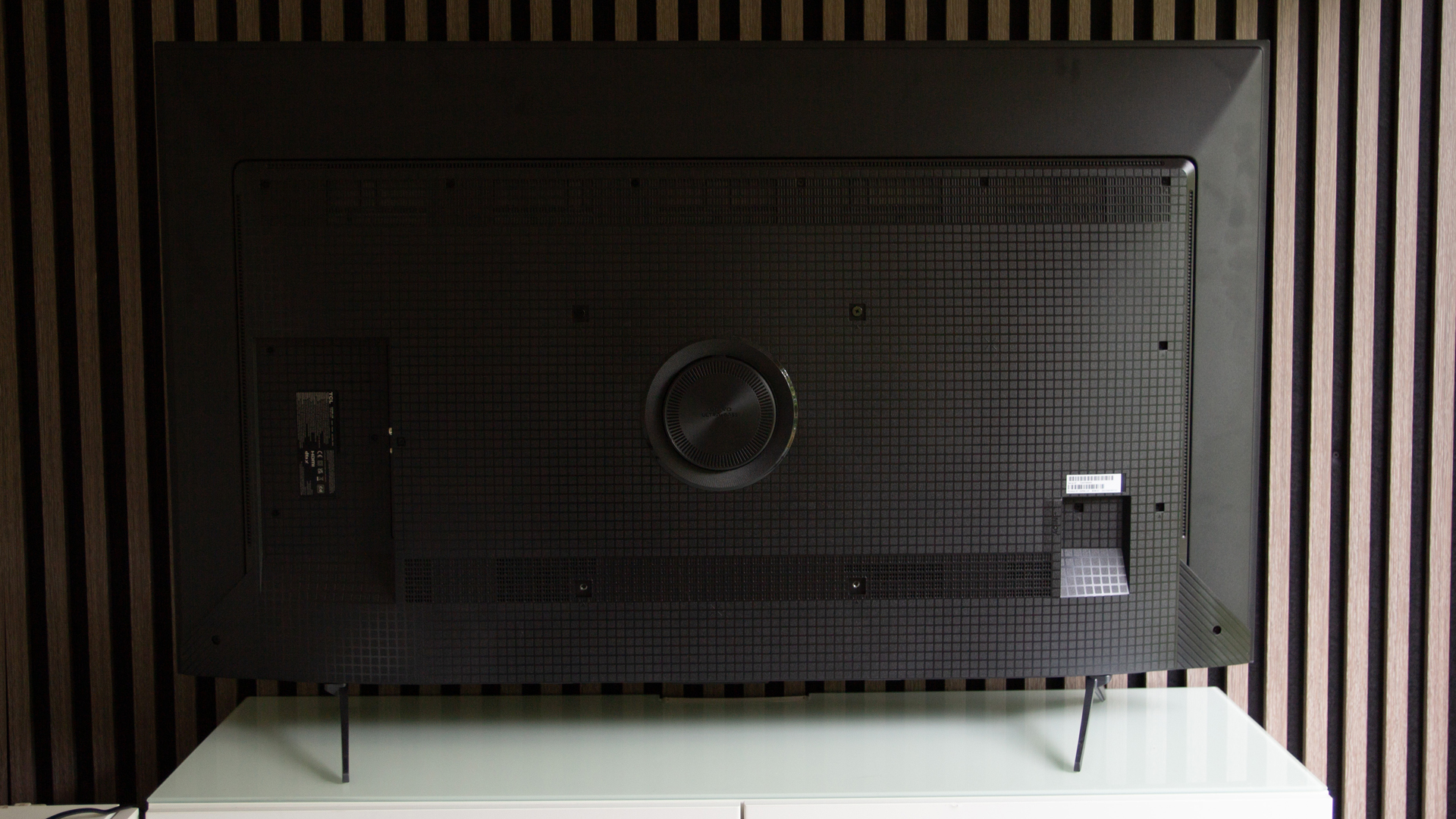
Let’s continue with talk of those feet. In TVs there are two options: you either have a central stand, which means you don’t need a wide piece of furniture to place it on; or you have wider feet, in which case you do need a wide piece of furniture. Typically, more affordable TVs have this arrangement, and that’s the case with the P8K.
There’s always the option to wall-mount, with a standard set of VESA screw holes on the rear of this TV. It’s a little thick, something that comes with being direct lit, as you need space for the LEDs behind the screen. As such, this TV is about 60mm thick at its fattest point.
The bezel is slim enough and the rear of the set is tapered and finished in plastic, a large Onkyo subwoofer being the defining feature of the rear design. That tapering means that if you do wall-mount it, it doesn’t look too blocky – it’s not a lump like Sky Glass 2, for example.
The odd thing about the design is TCL’s decision to put a small silvery tag saying “Premium OLED” near the top on the right-hand side. While some sort of branding isn’t uncommon on TVs, this seems to be a visual blight. It doesn’t block the screen in any way, but when watching the TV in daylight, I’ve always found it a bit of a distraction.
Setting this TV on its stand is simply a case of screwing in the feet, before connecting the power cable and any accessories, and powering it on. You’ll be invited to connect to your network and sign into your Google account, as this is a Google TV-powered telly.
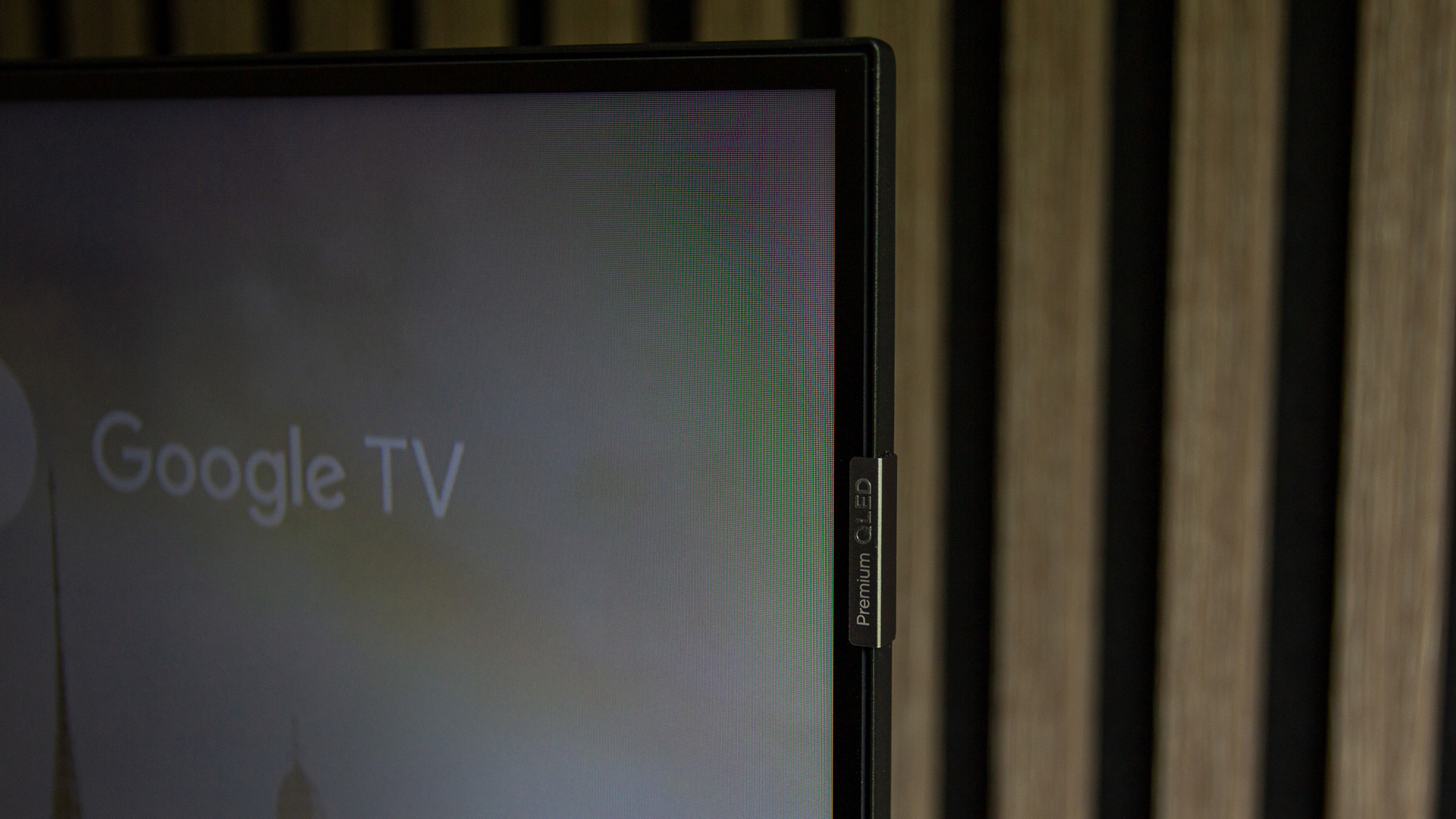
You can then download the apps you think you’ll want, while tuning to the aerial (if you’re using one). As is often the case with TVs, there’s a slight layering of user interfaces here, with a shortcut button on the large plastic remote opening a banner giving access to quick settings, like picture controls.
This is much faster than heading into Google’s own settings (although quick access to those is offered with a long press on the home button). It's worth doing, though, as it'll help you get the best out of this TV’s picture.
As this is a Google TV, you’ll get access to anything you’ve connected to Google Home, which also means controlling smart home devices and previewing cameras on the TV. There’s also support for Google Assistant (with Gemini sure to replace it soon), via a button on the remote, or hands-free.
That can aid with searching for content, as well as other requests you might make of Google, like weather and general requests. If it doesn’t understand what you’re saying, you’ll often just get a YouTube search for that term.
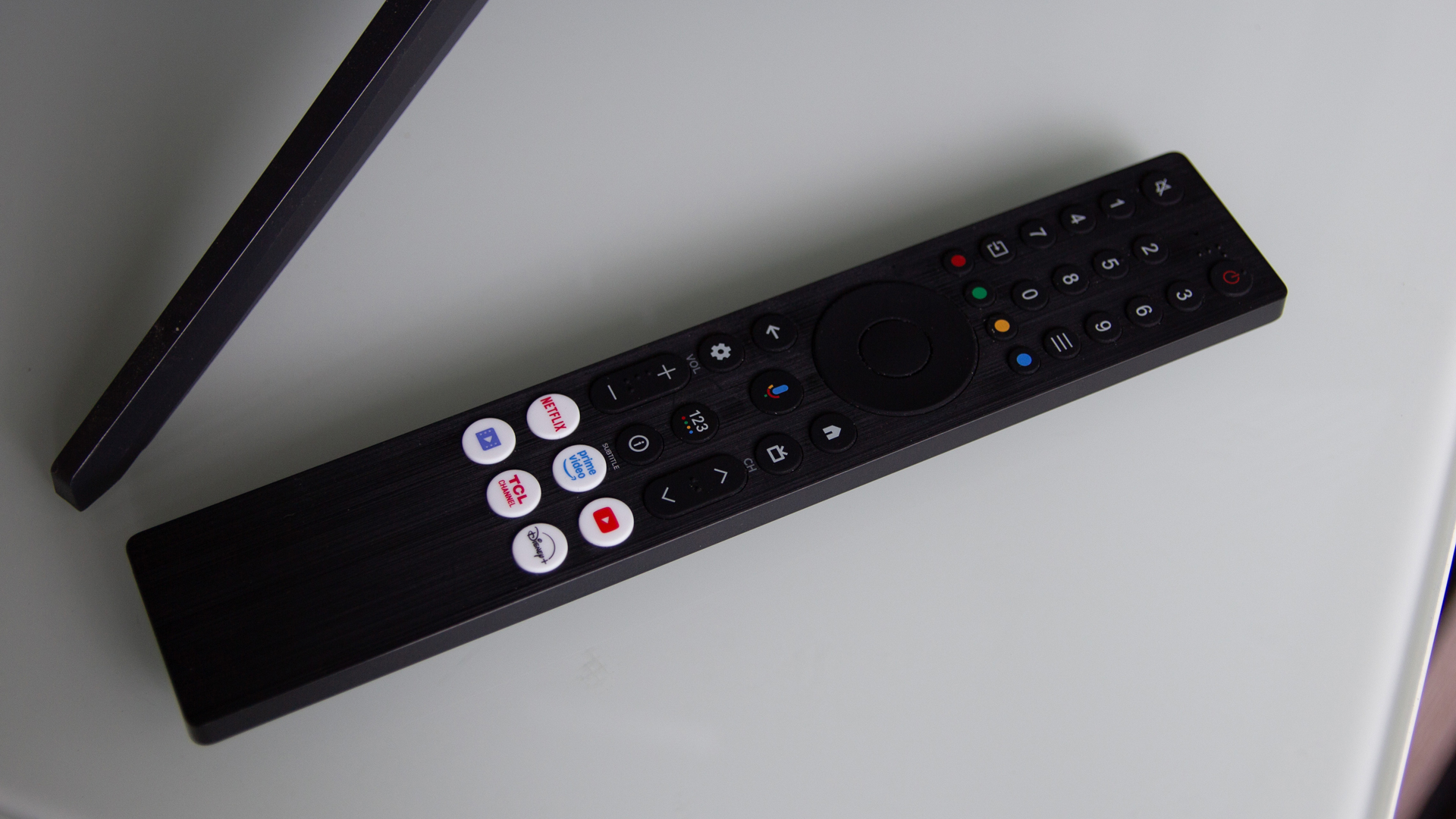
The included remote is large with plenty of direct controls. I especially appreciate the “i” for info button, which in some apps will tell you the quality of the stream you’re getting.
But the thing I really miss is a play/pause button. Instead, you have to press the "ok" button in the middle of the four-way controller – and that’s always something of a lottery, because you don’t know exactly what’s going to happen in any given app.
Picture Quality
- 4K HDR with Dolby Vision
- Direct backlight with local dimming
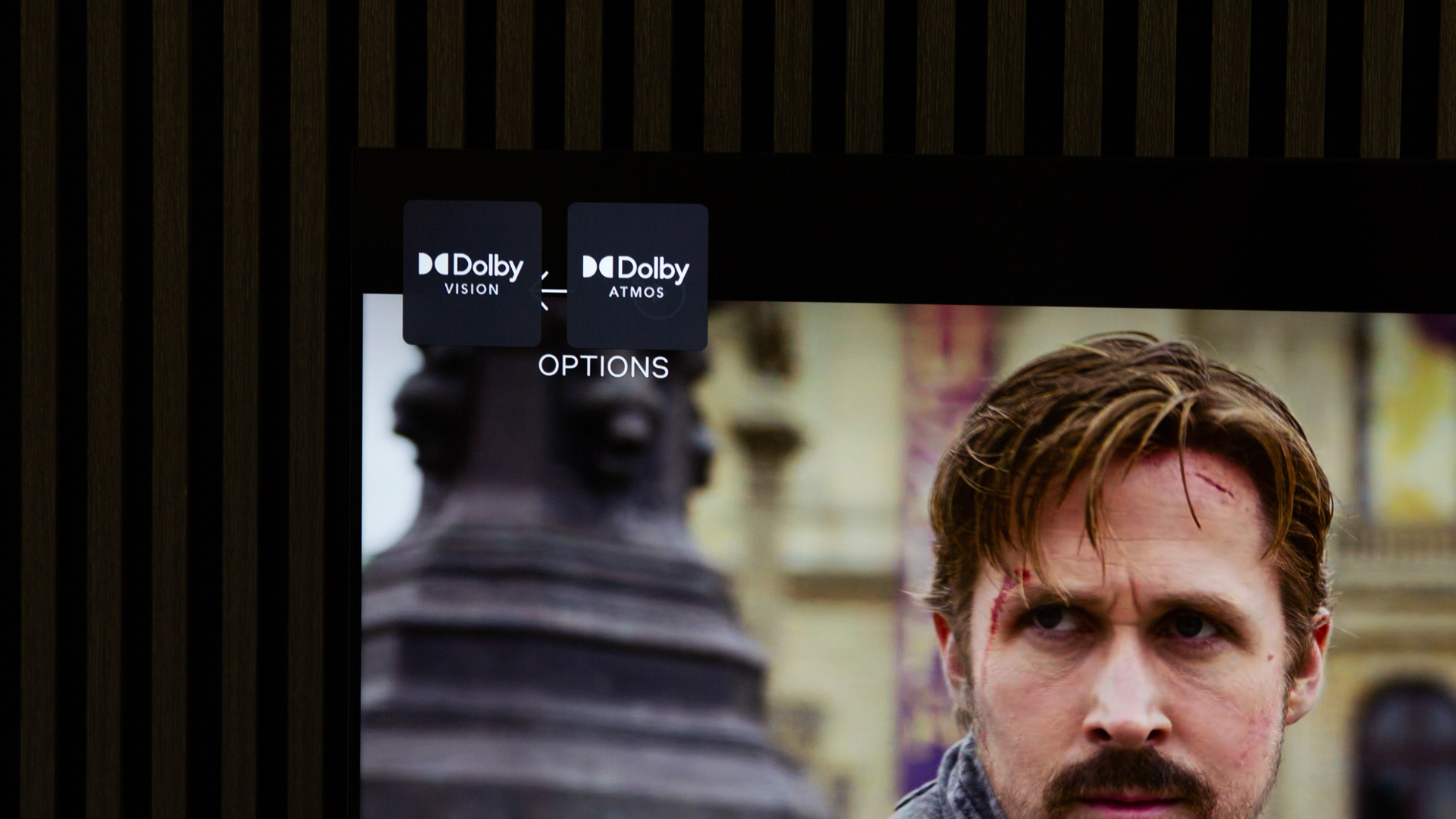
With the LEDs placed directly behind the screen, this TV is more capable than cheaper sets that might be edge-lit, where the illumination comes from the edges.
This direct lighting means more control over the dimming, but not to the extent and accuracy that you get from a Mini-LED set. As we’re a little cheaper than a Mini-LED TV here, it’s a great option – direct LED used to be a premium feature just a few years back.
This is an HVA (high vertical alignment) panel: an LCD technology that’s designed to boost the contrast, with some drop-off in viewing angles as a result.
That’s true on the P8K where those sitting at an angle will see drop-off in colour and brightness. The reflectivity of the panel becomes more obvious in these conditions too, where the brightness (in daylight) can’t cut through reflections. This is entirely typical of TVs in this price backet.
But don’t be put off by the talk of brightness, because for standard dynamic range (SDR) content, this TV has plenty of punch. In the standard mode, however, watch out for the “dynamic brightness” setting that’s turned on, as that can limit the brightness – so is often worth turning off to get a more consistent performance from your TV.
One of the things I like the most about this TV is that it will present a badge for the content type in the top left-hand corner – HDR10, HDR10+, Dolby Vision and HLG all get badges when you start playing. The same applies to audio, so Dolby Atmos or DTS:X will be flagged too – but more on that in the sound section below.
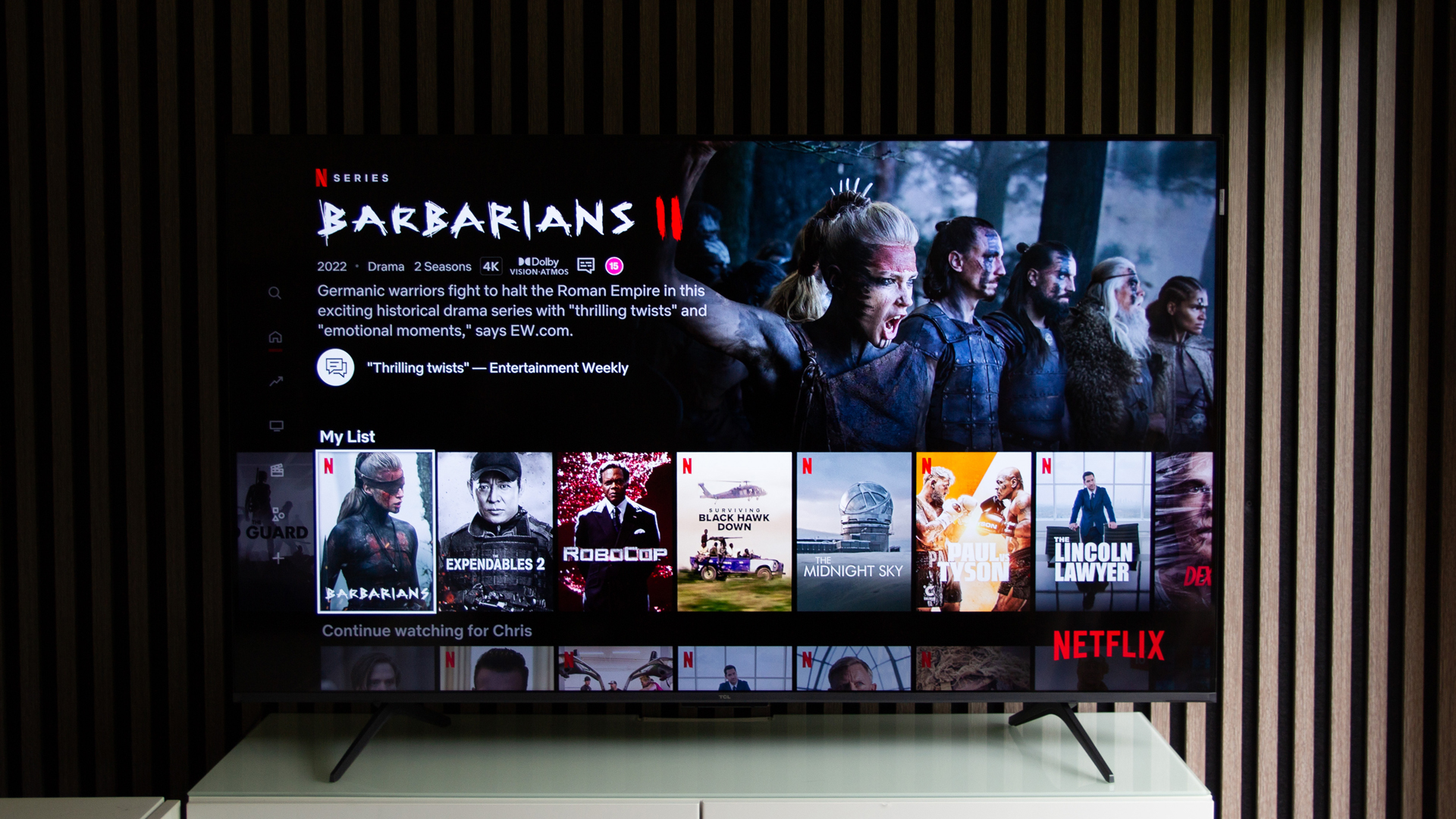
There are impressive colours that come from the TCL P8K. And while this TV can’t match Mini-LED or OLED for dimming and contrast, watching dimmer scenes still works well. Yes, the blacks aren’t as deep black, with some looking a little more grey, highlighting the limitations of this TV’s tech.
It’s a TV that definitely offers its best when you're watching brighter content. And while the support for Dolby Vision and HDR10+ is great, it can look a little on the dark side. Dolby Vision is offered with both dark and light options, but once you’re in Dolby Vision mode, you can’t break out of it, which might be frustrating for daytime viewing if you’re finding things too dark – watching The Lincoln Lawyer was just a little too dark in Dolby Vision in daylight.
Filmmaker Mode – also typically darker – is an option, but you don’t have to use it if you don’t want. But if you’re looking for creator accuracy, this is where you’ll find it. The point is, that for most content types, you can select “standard” for a slightly brighter picture in daylight. Fire up The Batman (which is not in HDR on Netflix) and even though it’s a really dark film, it looks good delivered in SDR.
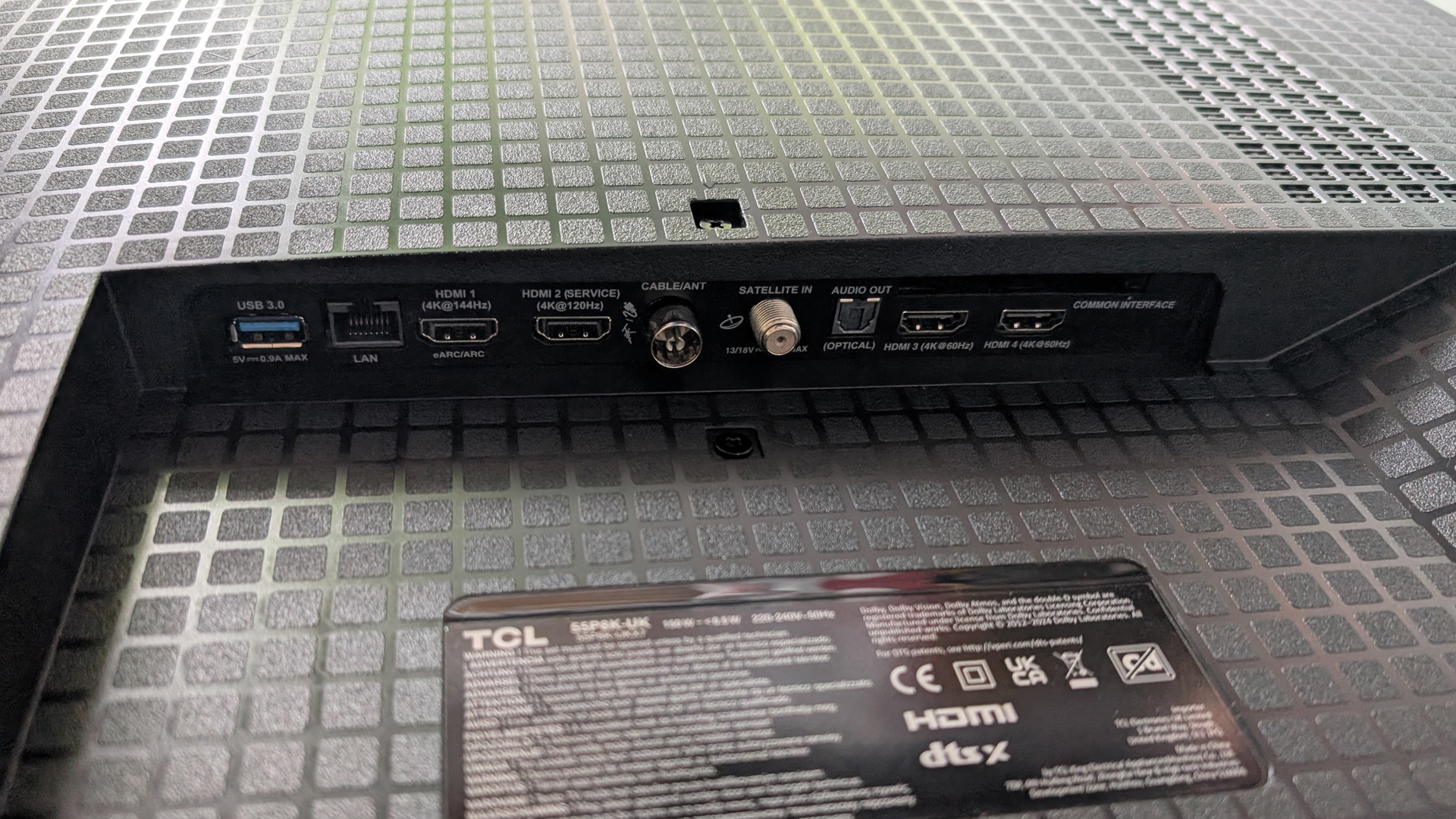
I detected some motion handling issues and tweaked the motion settings to offset the worst of it: the opening scenes of The Dark Knight are prone to judder, but the TCL P8K can handle it well enough when adjusted.
There are two HDMI 2.1 portshere, so if you’re adding a soundbar with eARC to one, there’s still a 2.1 connection left for your console, with support for 120Hz Dolby Vision Gaming. This TV goes a little further with 144Hz support for those connecting a PC, although this is only supported in HDMI 1, which is also the eARC, so there could be some conflict there.
Sound Quality
- 35W 2.1 channel speaker system
- Dolby Atmos and DTS:X support
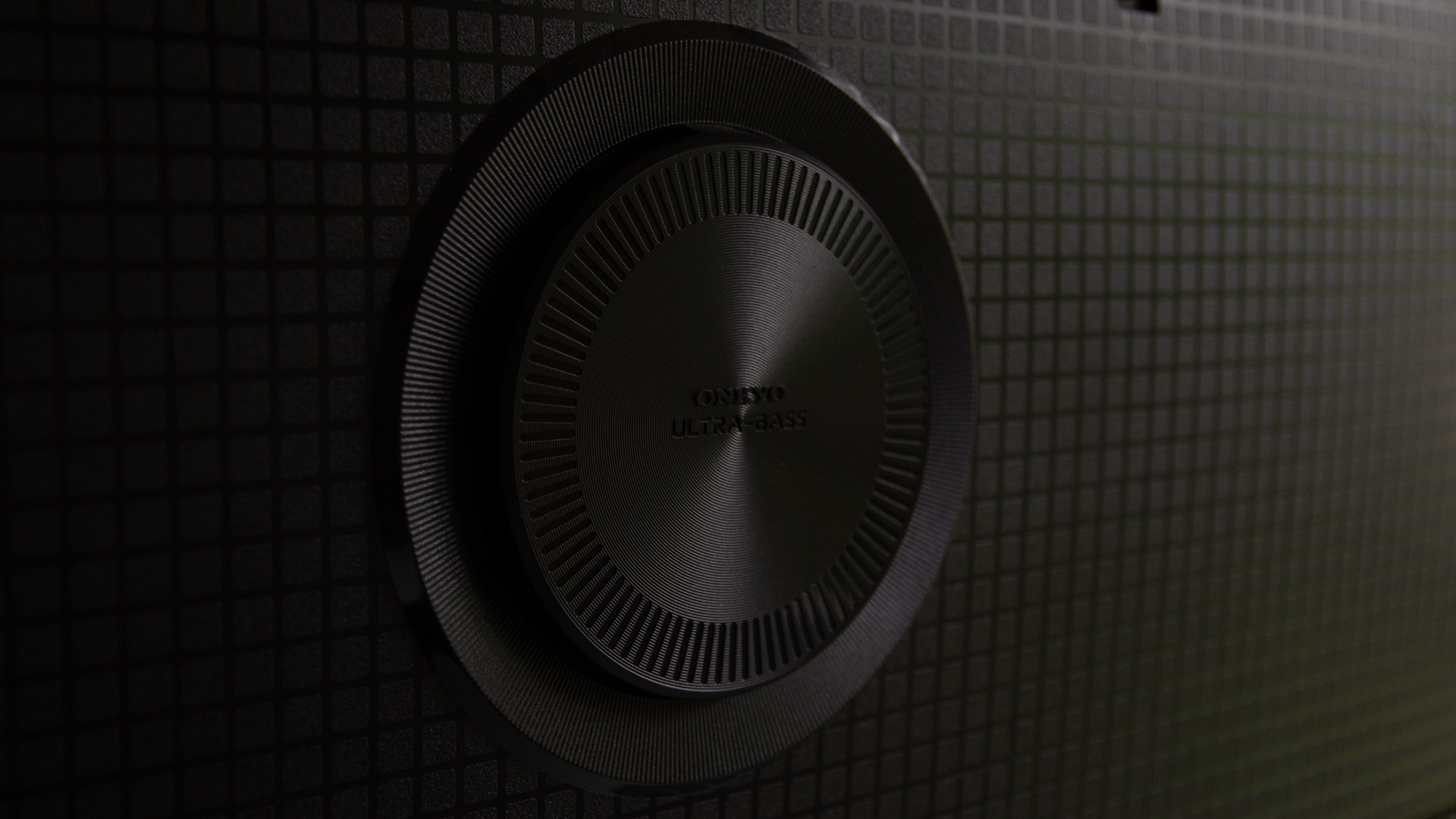
Gaining a boost from the C745K that came before it, there’s now a 2.1ch sound system with two downfiring speakers joined by a subwoofer on the rear, with Onkyo branding. This adds some body to the speakers, so it sounds reasonable.
There’s support for Dolby Atmos and DTS:X – with those logos appearing when those sources are detected – but don’t think you’ll get immersive audio like you do on a more advanced sound system.
With the limited speakers at its disposal, it can’t widen the soundstage like, for example, the Samsung S95F can, but it sounds better than TVs without the woofer.
Ultimately, this is a TV that would be bettered by adding one of the best soundbars and this is one area where you don’t have to spend much to get a performance boost.
TCL P8K review: Verdict

The TCL P8K ticks a lot of boxes for those looking for a particular feature on a more affordable TV. Some will be attracted to the Google TV system, wanting that familiar Android setup that will hook into the rest of their Google-verse (including movies bought in the past) and the wide selection of TV apps.
Some will be drawn to the wide selection of format supports so that you’re getting the best creative intent, while some will simply be drawn to the price. There’s no avoiding that this is a more attractive TV when it's discounted, trading blows with something like the Amazon Fire TV Omni QLED for performance it offers.
If you’re looking to get a lot for your money, keep an eye on the TCL P8K and watch for that price drop, because it’s then a bargain for a TV that offers a lot of entertainment.
Also consider
The Amazon Fire TV Omni QLED is an obvious rival to the TCL P8K, sitting in the same sort of price bracket, while also offering many of the same features – but built around Fire TV and Alexa. I think the Fire TV Omni is brighter, but the sound quality isn’t as robust as the TCL.
The Samsung Q70D comes in closest to the spec of the P8K. As a Samsung TV, it lacks Dolby Vision support, but it does have a central stand for convenience.

Chris has been writing about consumer tech for over 15 years. Formerly the Editor-in-Chief of Pocket-lint, he's covered just about every product launched, witnessed the birth of Android, the evolution of 5G, and the drive towards electric cars. You name it and Chris has written about it, driven it or reviewed it. Now working as a freelance technology expert, Chris' experience sees him covering all aspects of smartphones, smart homes and anything else connected. Chris has been published in titles as diverse as Computer Active and Autocar, and regularly appears on BBC News, BBC Radio, Sky, Monocle and Times Radio. He was once even on The Apprentice... but we don't talk about that.
You must confirm your public display name before commenting
Please logout and then login again, you will then be prompted to enter your display name.